Black Farmworkers in the Central Valley: Escaping Jim Crow for a Subtler Kind of Racism

Two hours south on Highway 99 is another unincorporated town called Teviston. Once occupied by black families living and working on the outskirts of the mostly white community of Pixley, today Latino families populate most of the houses.
In 1946, Bertha Mae Beavers moved to Teviston from Oklahoma at the age of 15.
“I thought they was, you could just come out here and pick money off trees the way they told it. But shoot, I should have stayed in Oklahoma,” the 89-year-old Beavers recalled. “I did the same thing: chopped cotton, picked cotton. I did it all. And it was rough out here, just like in Oklahoma. You had to work hard for your money.”
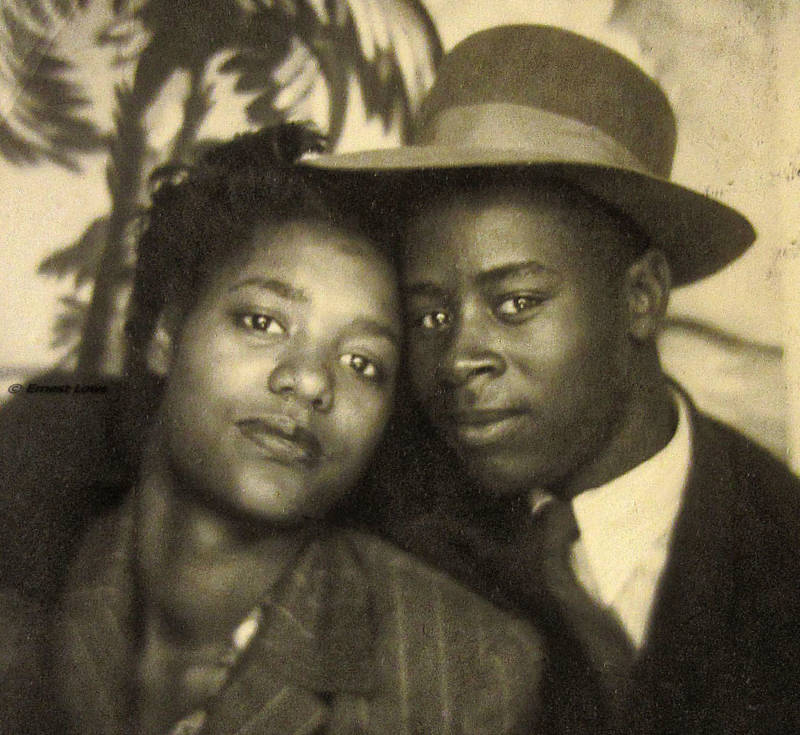
Shortly after she arrived, a white woman was beat up on the railroad tracks near Teviston and Pixley. A rumor circulated that a black man from Teviston had beat the woman. For a while, no black people were allowed in Pixley, Beavers said.
“We would go to work, and get off early,” she said. “And come home and the mens would get they guns and set up all night. I was afraid. And it finally, they finally found out who beat the white lady up.”
It was the white woman’s husband.
“He beat her up and they tried to say the black man down here in Teviston beat ’em,” she said.
Beavers was afraid, but she stayed.
She eventually married her husband in Teviston, and they had 12 children. The family lived on the outskirts of Pixley and worked in the fields to get by. Like South Dos Palos, homes in Teviston didn’t have running water, gas or indoor plumbing.
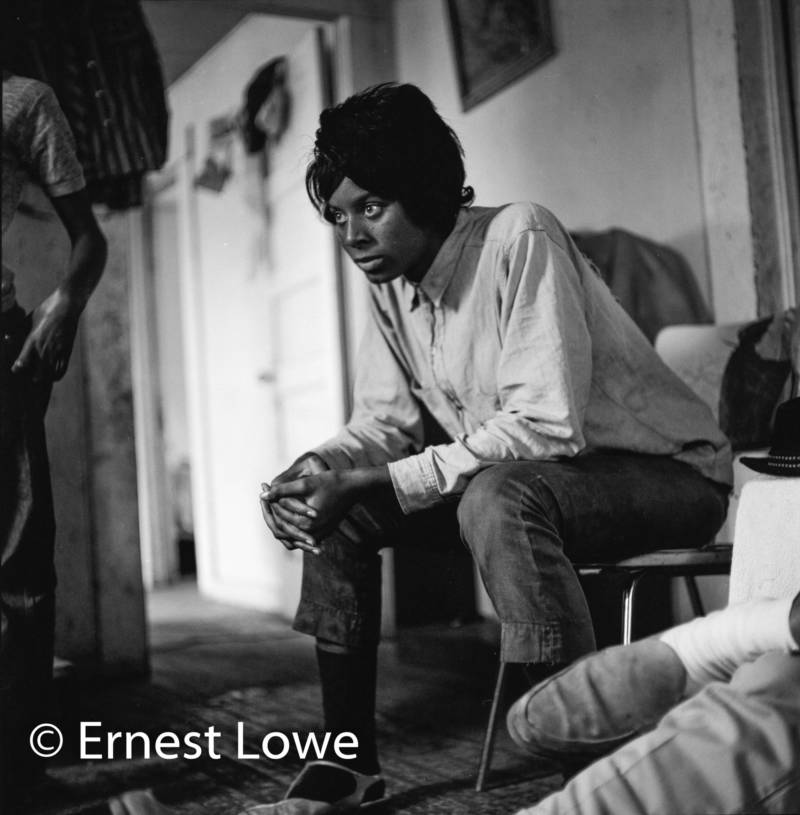
“Just in the house we lived in, we didn’t have a two bedroom, so with all of us 12 kids we slept in one bedroom. And we could lay in the bed at night … and see the stars. [Through the] cracks,” recalled Bertha Mae’s daughter, Ruth Ann Jones, age 70.
The ‘60s transformed California.
In 1963, a state law — the Rumford Act, or California Fair Housing Act — was passed to end discrimination by property owners who refused to sell or rent to African-Americans. In 1964, the same year the Civil Rights Act was passed, the state ballot initiative Proposition 14 nullified the Rumford Act. The California Supreme Court later ruled Proposition 14 was unconstitutional, and the U.S. Supreme Court upheld that decision. The federal Fair Housing Act of 1968 would eventually outlaw housing discrimination nationwide.
Around this time, labor organizer Cesar Chavez and a growing movement of farmworkers fighting for better pay and working conditions was gaining momentum in the Central Valley. While some black workers were involved, the movement was largely Chicano and Filipino.
“Where it really started at was in the grapes,” said Ruth Jones’ husband, CL Jones. “They wanted to change things. And they did, you know, make things a lot better for some.”
When Latino farmworkers began staying in the San Joaquin Valley in greater numbers, instead of going back and forth to Mexico, it began changing the black-white dynamic of Teviston and Pixley.
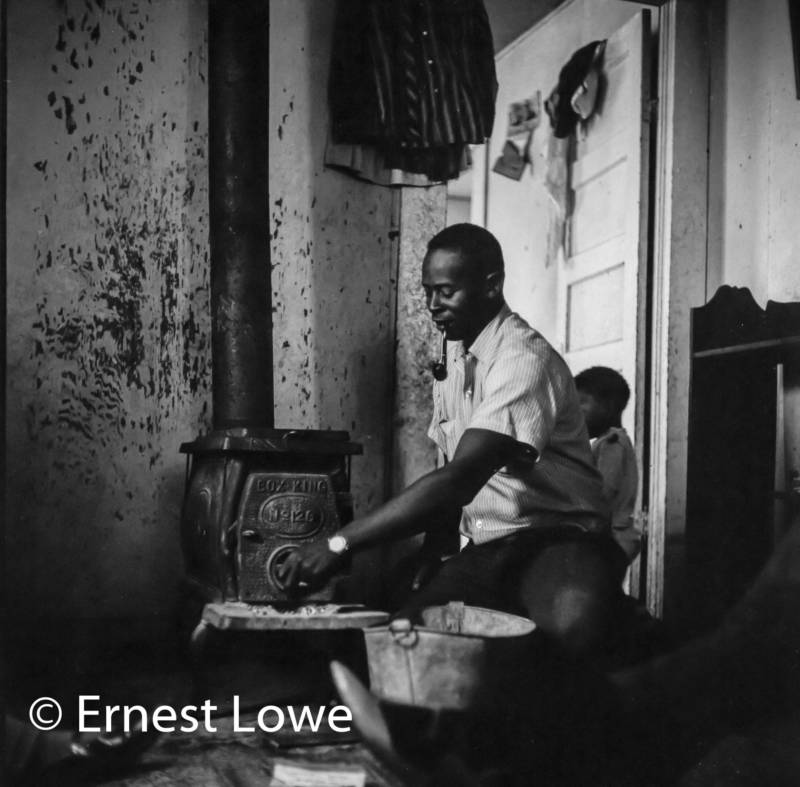
The Beavers family noticed something in the Latino families moving into the area. Something that was completely unfamiliar: a certain boldness and lack of fear that black families coming from the South felt they couldn’t afford to have.
When Teviston’s residents pushed to get a community well and gas in their homes, some African-American families distanced themselves from upgrades.
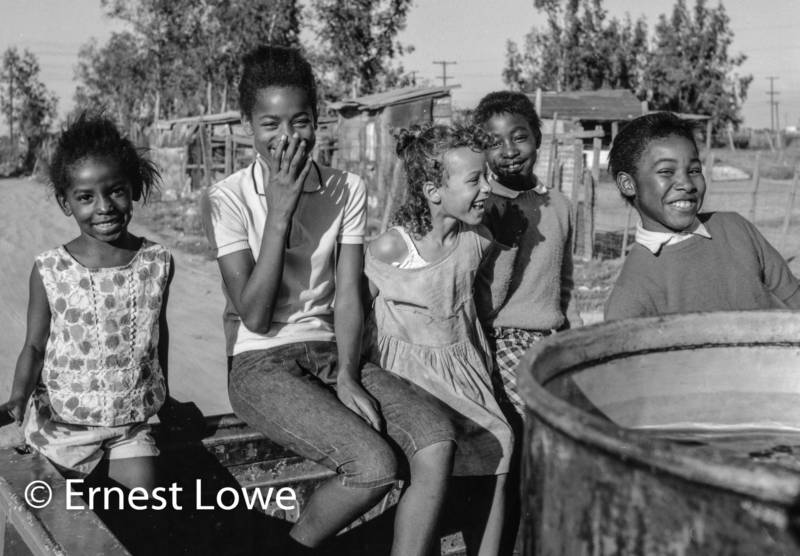
“They were scared the white people could come take their property or take their house so they didn’t really want no gas,” another Beavers daughter, Annie Jo Ellis, age 65, said. “[Because] this is what you grew up with: fear.”
Around the 1970s and ‘80s, Bertha Mae’s children were able to get out of farm labor, and find new jobs. A few worked at nearby schools as lunch ladies and at the post office.
“We as black people, I don’t think fought as hard as we should have… for what we wanted,” Ruth said.
“You know when you come from Oklahoma, you didn’t really have nothin’,” Annie said. “So now you got a little something and they was raised that the white man takes everything. So they just get out here and they still scared of the white man. Let’s tell the truth about it, they were scared … of white people.”
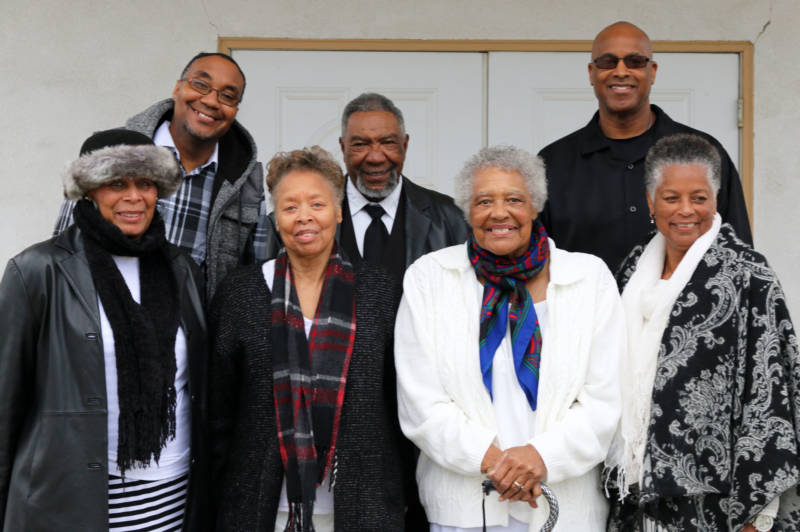
If you go to Teviston now, you can see homes scattered throughout the town, but it’s not much of a town. There are no businesses, just a boarded-up gas station and two churches. The Beavers still have mixed feelings about how their community has evolved.
“I’ll tell you what we used to say when we was growin’ up,” said CL Jones. “The white people are watchin’ the wrong people. They was keepin us down, and the Hispanics was steady gettin’ ahead.”
In South Dos Palos, as the Marshall siblings grew older and started their own families, they encouraged their children to go to school or work other jobs, anything to stay out of the fields.
“There were no jobs that the young blacks wanted to do,” Joe Marshall said. “And then I saw this town kinda dryin’ up. To where, when you come over, you could stop on any corner and holler at somebody and talk for a few minutes. I can come over here now, I might not see nobody! It’s a ghost town. The Mexicans were still working in the fields. And all of a sudden, you started lookin’ up, Mexicans bought this land, build a nice house. Better than some of the houses that’s been here.”
But it was OK with Joe, because his kids were getting out and getting ahead.
“It was just an opportunity for [Latinos],” he said. “Our misfortune and their fortune, to be able to come in and buy something and build. To this day, there’s still no jobs here. So you can’t expect this town to grow.”
Nowadays, South Dos Palos is still a gathering place for the Marshall family.
They return here for small gatherings and large family reunions. Every April, hundreds of extended relatives fill the street to celebrate their mother’s birthday. She passed away several years ago.
Joe looks at his Latino neighbors and can relate to what they’re going through. He knows no one would work in the fields if they didn’t have to.
“You don’t see any blacks out there (in the fields) now, you don’t see any whites out there now. It’s all Latinos now. And you want to cry about ‘they’re doing our jobs’? No. They didn’t take a job from me. I gave it to them.”
“We paid our dues far as laborin’ hard in the fields,” Lee Marshall said. “And believe me, I don’t wanna do it. Whoever wanna do it, I just pray for ’em.”
























































